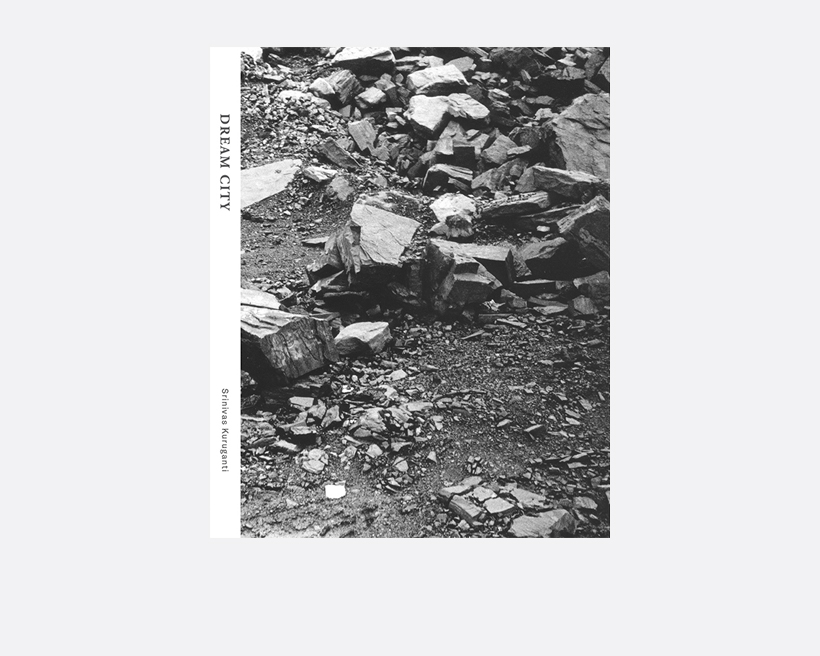My first close encounter with coal came in 1999. That August, on one of my trips across India, I spent some time in Uttar Pradesh. I decided to take the short bus ride from Varanasi to Chandasi, a small town that hosts what is considered the biggest coal depot in Asia. Everywhere, hundreds of men and women shoveled and carried coal onto and off of trucks.
The air was thick with dust; like a layer of delicate black velvet, fine particles of coal settled over everything—roads, shops, homes and people. Nothing and no one was spared. Roughly 3 years later, I traveled to Dhanbad, the largest city in Jharkhand and also the administrative headquarters of a district of the same name, which holds some of the largest mines in all of India. Over five weeks, I worked out of a small hotel in the city’s old market.
Seven years later, in September 2010, I returned to Dhanbad. Little had changed. Living conditions in the villages had not improved. More land stood denuded, and underground fires had spread farther still, causing severe damage to more homes. In places, houses were marked by numbers indicating when their residents were scheduled to be relocated and to where—sometimes places over 20 kilometers away.
I returned to Dhanbad again in January of 2018 to further document changes as extraction of coal has shifted from underground mining to open-cast. A sense of urgency prevails among communities around these coal mines. On all my visits, a sense of menace attended me through much of my work.
One day on my trip in 2010, as I walked by a mine taking pictures, a motorcyclist, dressed in a nondescript shirt and trousers, stopped me to ask what I was doing there. I gave him some vague response. When I asked him who he was, he replied “Vigilance,” and rode away.
Dream City
Srinivas Kuruganti
Self-published
2018
Editors
Andrea Fernandes
Srinivas Kuruganti
Design
Andrea Fernandes
Srinivas Kuruganti
126 pages
21.5 x 16 x 2 cm



